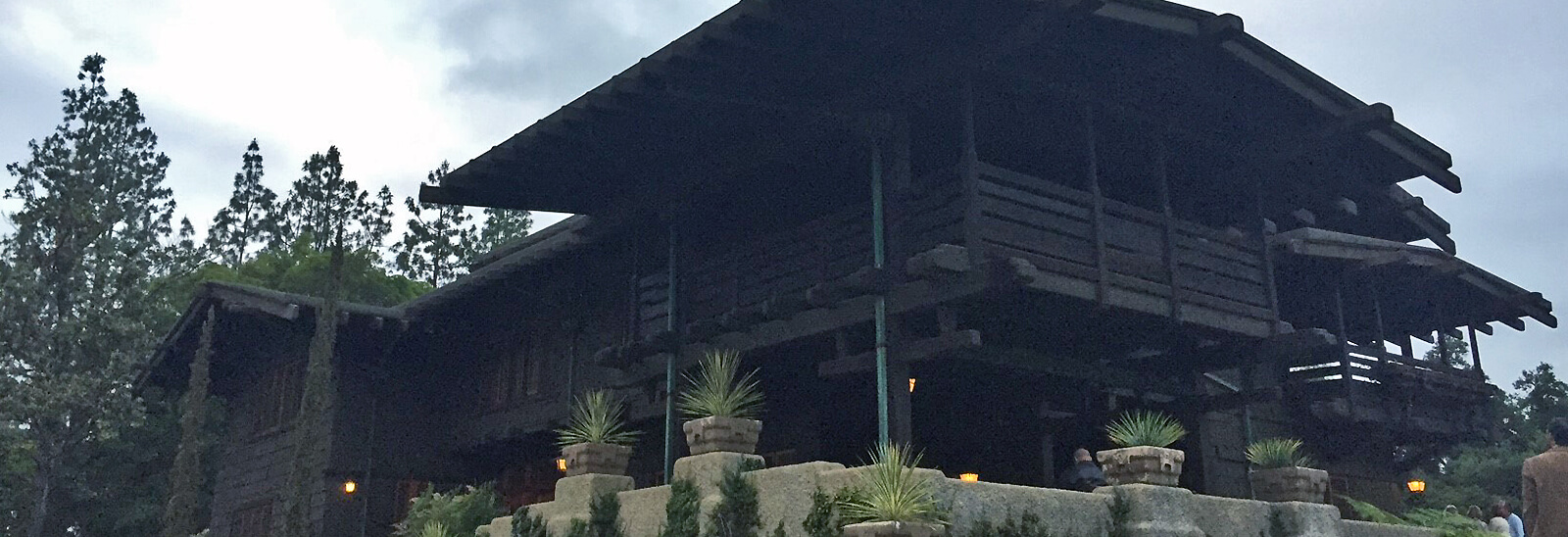May 23, 2017
CPF Conference brings together hundreds of historic preservation professionals

There is no shortage of iconic landmarks that showcase Los Angeles’ contribution to the development of the state of California. Landmarks such as the San Gabriel Mission and Union Station remind us of our humble beginnings, and our sometimes tumultuous and always adventurous spirit. These physical relics help us to understand who we were, where we came from, how we interacted, and how we came together.
The missions, the adobes, the homes, the transportation hubs stand today because they were—and still are—worth preserving.
The California Preservation Foundation (CPF) is California’s only statewide historic preservation advocacy group; its mission is to educate about, advocate for, and celebrate the state’s diverse heritage. From May 10 to May 13, CPF hosted its 42nd annual historic preservation conference, bringing together professional architects, planners, advocates, and historians from around the state, and providing numerous study tours to some of the area’s most fantastic historic sites.
The conference also served as the meeting grounds for the State Historic Resources Commission, a nine-member board that reviews applications for designation on national and state registries.
“It was a joyful event, full of enthusiasm and support for the nominations GPA helped prepare (the Great Wall of Los Angeles and the Ed Roybal House),” said Allison Lyons, an associate architectural historian with GPA, and a presenter on the Preserving Latin@ History in California panel. “We were very honored that artist Judy Baca and her team from [the Social and Public Art Resource Center] came to the meeting to describe the significance of the Great Wall of Los Angeles.”
Also presenting at this year’s conference was Teresa Grimes, a principal architectural historian with GPA. Her panel covered the awesome undertaking to inventory Los Angeles’ historic resources, a project partially funded by a $2.5-million grant from the J. Paul Getty Trust. In the session From SurveyLA to Historic PlacesLA: A Case Study in Creating Historic Resources Inventories with Arches, conference participants learned about the challenges and successes of seven-year survey, which covered almost 500 square miles and more than 880,000 parcels. Grimes discussed the survey findings, which included 30,000 properties that were identified as eligible for landmark or historic district designation under national, state, and local programs.
This year’s conference boasted numerous workshops and sessions, such as these, that engaged attendees in the CPF mission—to educate, advocate, and celebrate. And this year, CPF recorded one of its highest attendances in the foundation’s history.
“For me, it is always the connections with fellow preservation professionals that make the conference so great,” said Andrea Galvin, president of GPA Consulting, a multidisciplinary historic preservation and environmental planning firm. “I get to see old colleagues and friends from around the state that I don’t get to touch base with often.”
Galvin, also a member of CPF’s board of trustees, spoke at the well-attended session, Route 66 in California, which was the road to adventure, and launched CPF’s new video series at the group’s annual luncheon. The new series presents a collection of testimonials beautifully explaining the importance of historic preservation and how CPF has provided technical assistance or inspiration to its contributors. The videos will soon be featured on the foundation’s website at www.californiapreservation.org.